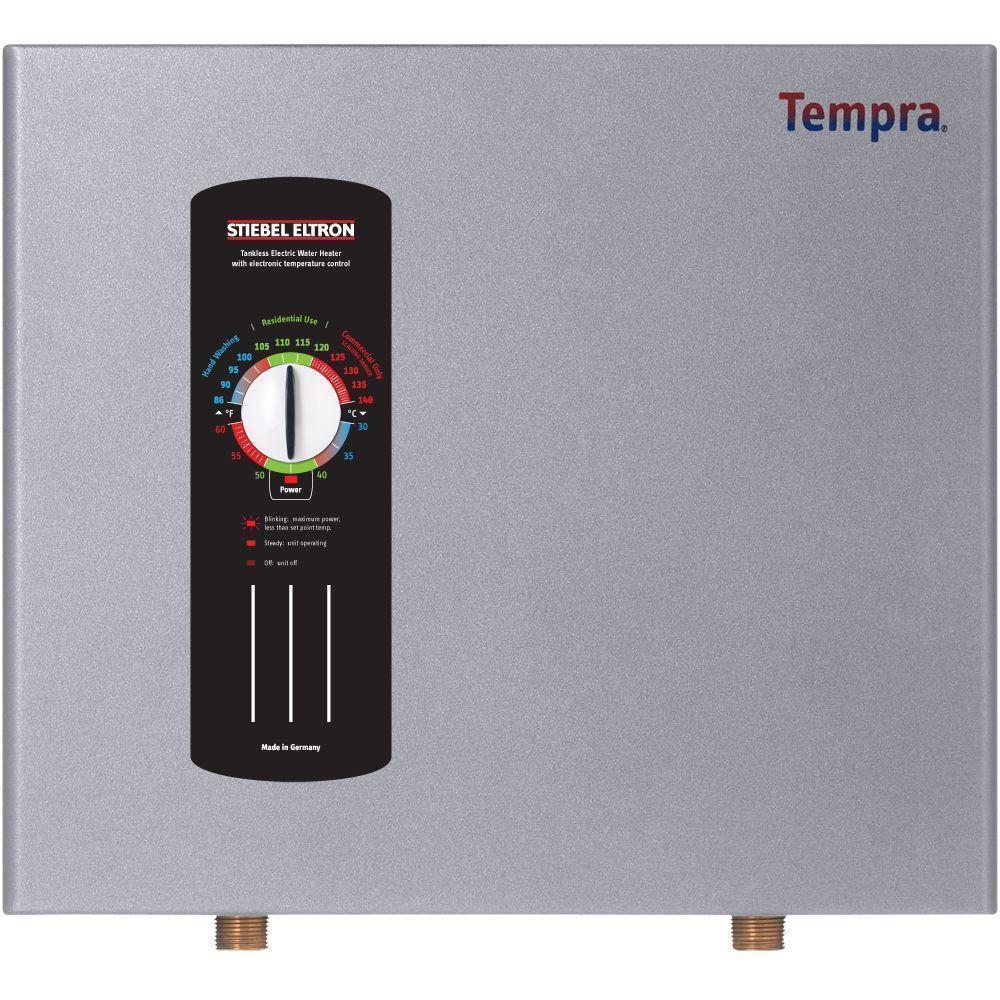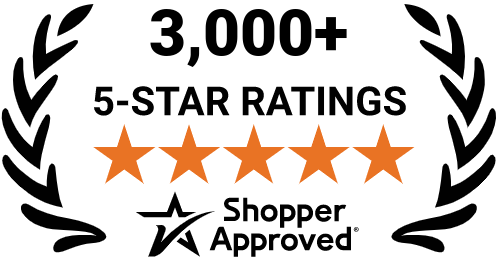Upgrading your home's appliances is a great and often necessary step to reducing your home's energy usage as well as the bill that is associated with that energy usage. We get excited about upgrading the shower-head or getting a new dishwasher because we see and use those fixtures and appliances daily. However, it's not very exciting to replace the one appliance that we never think about or even see until it ceases to enable the other fixtures to please us: the water heater.
Water heaters supply your entire house with hot water: the showers, the sinks, the dishwasher, the laundry machine, and the bathtub. These fixtures ease our household burdens when they work properly, but if they aren't able to receive hot water, domestic bliss soon slips away. Cold showers aren't welcoming starts to our days, cold-washed dishes don't get quite as clean, and cold baths are an exercise in mental toughness that completely refutes the relaxing nature of taking a bath. But when it's time to replace or upgrade the water heater, how do you know which one is best for your home and your family?
Water heaters have come a long way in terms of upgrades to their design and functionality. With a tank water heater you can turn on one fixture, then another, and so on. Hot water flows from each fixture until the tank runs out. Then, there isn't any hot water anywhere until the tank recovers. There are numerous problems with this design beyond temporarily running out of hot water. To be brief: constant energy consumption is what keeps the reservoir of water hot; hard-water deposits build up and cook to the bottom of the tank which makes them even less efficient than they were when they were new; and, obviously, the constant energy waste can have a brutal effect on the energy bill each month, especially in the winter months.
Tankless Water Heaters
This brings me to tankless water heaters. Often called on-demand or instantaneous water heaters, this development in technology solves several of the drawbacks of reservoir tank water heaters. The main advantage of tankless water heaters is a plentiful and continuous flow of instantly-heated hot water. Consumers can also expect to save money on their  energy bills because the water is instantly heated as it flows through the device to an end fixture like a shower or sink, as opposed to constantly kept warm until it is needed. Where conventional reservoir tanks are measured based on their maximum capacity, tankless water heaters are measured by their flow rate in gallons per minute (GPM).
energy bills because the water is instantly heated as it flows through the device to an end fixture like a shower or sink, as opposed to constantly kept warm until it is needed. Where conventional reservoir tanks are measured based on their maximum capacity, tankless water heaters are measured by their flow rate in gallons per minute (GPM).
How to Choose the right tankless water heater
With lack of credible information on tankless water heaters, choosing one can seem complicated. In order to choose the best fit for their homes, consumers need to evaluate their hot water usage. How many different fixtures need hot water? How many of those fixtures are likely be used at the same time? What region of the country do you reside in? Is there a natural gas line that comes into the home?
Flow Rate
The first two questions determine the needed flow-rate of your tankless water heater, with the region question acting as a modifier. Needed flow-rate is determined by adding up the flow rates of all of the fixtures that are commonly used at the same time. The table below shows the average flow-rate in gallons per minute of common household fixtures.
|
Gallons per Minute (GPM) |
||||
|
Appliance |
Compactappliance.com |
Home Depot |
Livingdirect.com |
Average |
|
Shower |
2.5 |
1.5 |
2.25 |
2.08 |
|
Bathtub |
4 |
3 |
3 |
3.33 |
|
Bathroom Sink |
1 |
0.75 |
0.5 |
0.75 |
|
Kitchen Sink |
1.5 |
3 |
1.25 |
1.92 |
|
Dishwasher |
1.5 |
1.75 |
2 |
1.75 |
|
Laundry Machine |
2 |
2.25 |
2.75 |
2.33 |
For example, I occasionally start my dishwasher and laundry machine before I get into the shower. This represents my maximum usage. I need to add up the flow rate of these appliances in order to determine the best unit. Using the averages given above, I would need to find a unit rated for about 6.0 (rounded down) GPM. I also live in the southern region of the United States where the water coming into my home is rather warm in comparison to the water that enters homes in colder climates. The difference between the temperatures I want my hot water to flow at, say 120F, and the temperature of the water entering my home is low, so my unit will not have to work very hard to get the water to that temperature. However, if I lived in a colder climate, I would need to get a heavier-duty unit in order to combat against the drop in GPM I would experience due to the unit needing to work harder to raise the temperature. At the bottom of this article there is a map provided by Marey, a tankless water heater manufacturer, regarding incoming water temperatures divided by region; use it to determine how high your temperature rise is expected to be. It is also a good idea to figure out what your specific fixtures and appliance flow-rates are so that you can have a a truly accurate flow-rate calculation, which will guide you to the best unit for your home.
Electric, Natural Gas, or Liquid Propane (LP)
This brings me to the final caveat: energy type. Tankless water heaters come in several functional varieties: electricity powered, and natural gas or propane powered with batteries. If you are replacing a unit for your entire home, you may want to consider choosing a unit that operates using the same fuel source as your outdated unit. This will minimize the  headache of getting a new appliance, and make installation easier. There are some that are powered by electricity only, they are typically wired into the circuit breaker, and activate when a low pressure flow is detected and heat the water using the electrical current from your home. They generally also operate on the lower-end of the GPM scale, mainly serviceable for a few fixtures.
headache of getting a new appliance, and make installation easier. There are some that are powered by electricity only, they are typically wired into the circuit breaker, and activate when a low pressure flow is detected and heat the water using the electrical current from your home. They generally also operate on the lower-end of the GPM scale, mainly serviceable for a few fixtures.
There are also tankless water heaters that are designed to to service only 1 fixture, like a kitchen sink. These are generally low-power electric only units, and are a great way to supplement an already existing and still-functioning reservoir tank or smaller tankless unit.
Water-heater technology has come quite a long way. We started out by heating a bucket over a fire, and have progressed all the way to instantaneous hot water on demand without struggle or excessive energy consumption. The true key to choosing the best unit for you, your family, and your home is a matter of being honest about the way you use hot water. Once you have understood your habits, you can move on to the easy flow-rate-need math, and then determine your region. If you are in a colder climate, we suggest choosing a unit with a higher flow-rate than your flow-rate-need to compensate for the drop you will experience from the unit working harder to heat the frigid water coming into your home.

Feel free to contact us, either by phone, email, or our chatline with your questions! We're happy to help!
For additional information, we highly encourage you to check out this video created by Stiebel-Eltron, a well-known name in the tankless water heater world.
Disclaimer: Marey, Stiebel-Eltron, or any other company have not sponsored this article. Factorypure.com sells several brands of tankless water heaters. All references to these companies and their materials used in for this article are all freely available information that can be found on the companies' respective websites.















